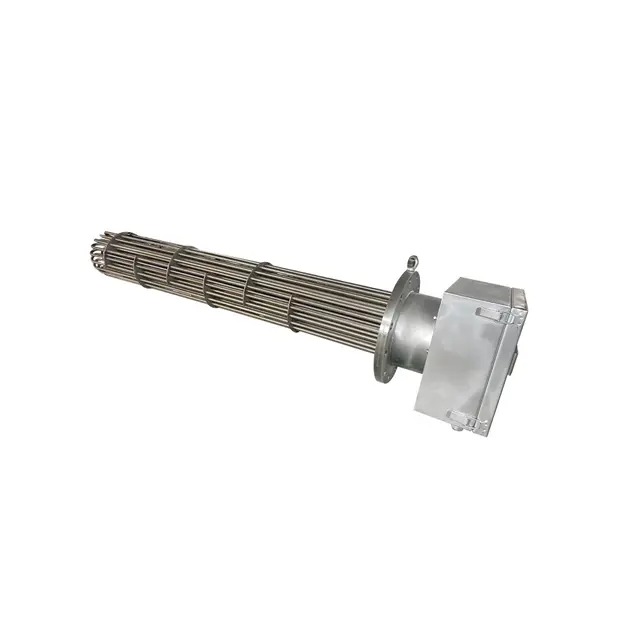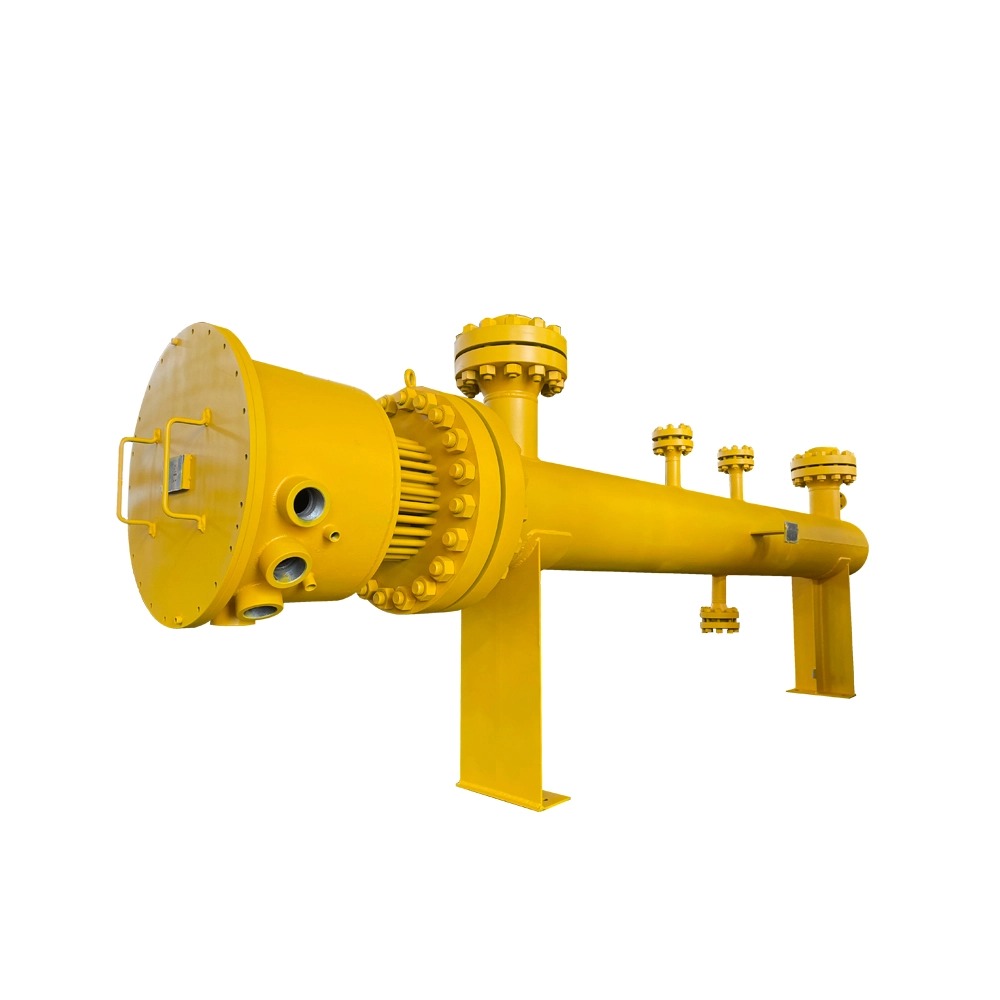E-mail Us: market1@hotoheat.com Call Us On: +86-15366416606
- All
- Product Name
- Product Keyword
- Product Model
- Product Summary
- Product Description
- Multi Field Search
Views: 216 Author: Site Editor Publish Time: 2025-09-04 Origin: Site











Hot water is one of those daily comforts we take for granted until it’s gone. At the heart of nearly every electric water heater lies the heater element, a component responsible for transforming electricity into the heat that warms your water. Although it seems simple, the heater element’s performance, durability, and efficiency play a major role in your home’s energy bills and the overall lifespan of your appliance. In this comprehensive guide, we’ll take a deep dive into how heater elements work, the different types available, common issues, replacement steps, and how to choose the right one for your needs.
A water heater element is essentially an electric resistance coil encased in a protective sheath. When electricity passes through the coil, it generates heat, which is transferred directly into the water stored inside the tank. Without it, your water heater would simply be a large, cold metal container. Its role is critical: it determines how fast your water heats up and how efficiently the system operates.
Most heater elements are constructed from a metal sheath, typically copper, stainless steel, or nickel-based alloys, wrapped around a resistance wire such as nichrome. The sheath is insulated with magnesium oxide powder to transfer heat effectively while protecting the wire from direct water contact. Each material has its strengths—copper offers affordability, while stainless steel and Incoloy provide enhanced resistance against corrosion and scaling.
Heater elements come in several designs. Screw-in elements are the most common in modern water heaters, while older units may use flange-mounted types. Shapes vary as well: straight elements are simple and cost-effective, while fold-back designs allow more surface area within compact tanks. Choosing the correct type is essential for both compatibility and efficiency.

When you switch on your water heater, the thermostat detects the water temperature. If it’s below the set level, it signals the heater element to activate. Electricity flows through the resistance coil, generating heat, which then radiates outward through the sheath and into the water. Once the desired temperature is reached, the thermostat cuts off power, ensuring safety and efficiency.
Most residential heater elements range from 1500 to 5500 watts. Higher wattage elements heat water faster, but they also draw more electricity. Energy efficiency depends not only on wattage but also on how well the element resists scaling and maintains consistent heat transfer over time.
Heater elements don’t work in isolation—they function alongside a thermostat. Some water heaters use two elements (upper and lower) that alternate during heating cycles. This dual-element setup balances efficiency with consistent hot water availability.
Copper heater elements are widely used due to their low cost and good heat conductivity. However, they are prone to corrosion and scaling in hard water environments. Stainless steel elements, by contrast, offer stronger resistance against mineral buildup, making them a better long-term investment.
Low-watt density elements spread the heat across a larger surface area, reducing the risk of localized overheating and scale buildup. High-watt density elements concentrate heat in a smaller area, heating water faster but with more wear over time.
Some premium heater elements come with protective coatings such as lime-guard or Incoloy alloy. These are designed for areas with extremely hard water, where mineral buildup can destroy unprotected elements quickly.
| Type | Pros | Cons | Best For |
|---|---|---|---|
| Copper | Affordable, good conductor | Corrodes in hard water | Soft water homes |
| Stainless Steel | Durable, corrosion-resistant | Higher cost | Hard water areas |
| Low-Watt Density | Long lifespan, less scaling | Slower heating | Energy-conscious users |
| High-Watt Density | Faster heating | More prone to scale | Large households |
When a heater element fails, symptoms include lukewarm or cold water, strange popping or hissing noises, or even discolored water. If your hot showers suddenly turn cold, the element may be the culprit.
Testing a heater element requires turning off power, disconnecting the wires, and using a multimeter to check resistance. A good element will show continuity, while a burned-out one reads as “open.”
Elements typically fail in two ways: burnout, where the coil breaks due to overheating, and scaling, where mineral deposits insulate the element, preventing heat transfer. Both drastically reduce performance.
Always cut off electrical power before working on a heater element. Tools typically include a socket wrench, a garden hose for draining, and replacement gaskets. Safety glasses and gloves are strongly recommended.
Turn off the power at the breaker.
Drain the water heater below the level of the element.
Remove the access panel and disconnect wires.
Unscrew the old heater element.
Install the new element with a fresh gasket.
Reconnect wiring, refill the tank, and restore power.
Regularly flushing your water heater reduces sediment buildup, which prolongs heater element life. Inspecting and testing elements annually ensures they perform at peak efficiency.

Installing the wrong wattage or voltage can damage your water heater. Always match your replacement element to the manufacturer’s specifications. Some tanks, particularly lined ones, may react poorly with copper elements. Stainless steel or Incoloy are safer choices in these cases. Low-watt density and coated elements may cost more upfront but can save money in the long run due to reduced failures and energy losses.
While a copper heater element may cost as little as $15, a premium stainless steel or Incoloy element can exceed $50. However, the latter may last two to three times longer.
Energy efficiency is not just about wattage—it’s about how effectively the element transfers heat and resists scaling. Even a lower-watt element can be more efficient if it avoids heat loss.
| Heater Element Type | Average Cost | Lifespan | Efficiency | Ideal Conditions |
|---|---|---|---|---|
| Copper | $15–$25 | 2–3 years | Moderate | Soft water |
| Stainless Steel | $25–$40 | 5–7 years | High | Hard water |
| Incoloy Coated | $35–$60 | 8–10 years | Very High | Extreme hard water |
Electrical Safety and Risk Prevention: Water and electricity don’t mix. Always double-check that the circuit breaker is off before working on heater elements.
Avoiding Overheating and Tank Damage :Running a heater with a damaged element can cause overheating, damaging the tank and increasing risk of leaks or fire.
Importance of Professional Installation When Neede d:If you’re unsure about handling electrical wiring, it’s best to call a licensed technician. Mistakes can be dangerous and costly.
A water heater element may seem like a small component, but it plays a crucial role in ensuring reliable hot water in your home. By understanding the different types, knowing how to spot issues, and performing regular maintenance, you can maximize both efficiency and longevity. Whether you’re replacing a burned-out element or upgrading to a more efficient model, the right choice will pay dividends in comfort, cost savings, and safety.
1、What is the average lifespan of a water heater element?
Most heater elements last between 3–7 years, depending on material, water hardness, and maintenance.
2、Can I replace a heater element myself?
Yes, many homeowners can replace it with basic tools. However, always follow safety precautions and turn off power before starting.
3、How do I know which type of heater element I need?
Check your water heater’s manual for wattage and voltage requirements. Match the mounting type (screw-in or flange) to ensure compatibility.
4、Are stainless steel elements always better than copper?
Not always. Stainless steel excels in hard water environments, but copper elements are more cost-effective for soft water.
5、Does upgrading a heater element save energy?
Yes, low-watt density and specialty coated elements often save energy by reducing scale buildup and improving heat transfer efficiency.
content is empty!